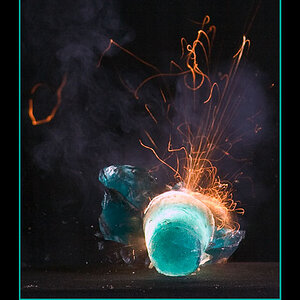cj001
TPF Noob!
- Joined
- Jan 23, 2007
- Messages
- 3
- Reaction score
- 0
- Can others edit my Photos
- Photos NOT OK to edit
Hi
Whats the thinking on the two different approaches adopted by Canon & Nikon.
Nikon has a small ccd and Canon have gone for a ccd the size of 35mm film.
Do you need to use larger lenses with the smaller Nikon receptor to gain the same effect?
Whats the thinking on the two different approaches adopted by Canon & Nikon.
Nikon has a small ccd and Canon have gone for a ccd the size of 35mm film.
Do you need to use larger lenses with the smaller Nikon receptor to gain the same effect?


![[No title]](/data/xfmg/thumbnail/32/32707-3c49d54a87afb53e65c60391858400be.jpg?1619735611)

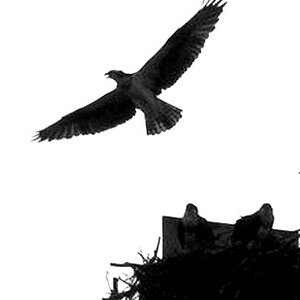
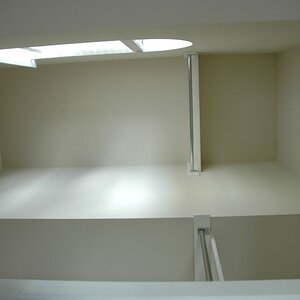
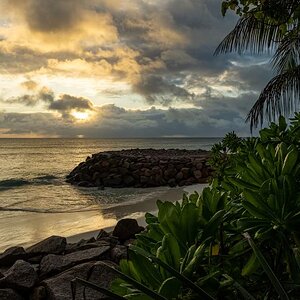
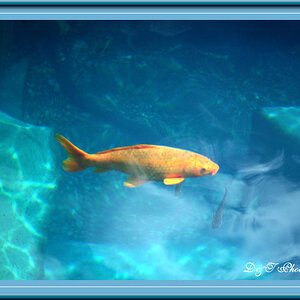
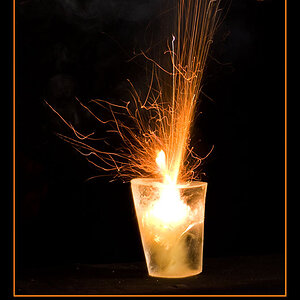
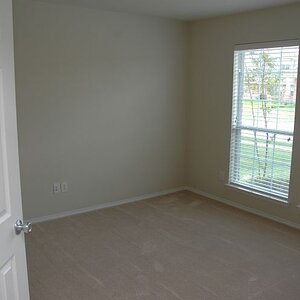
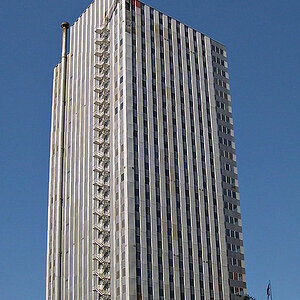
![[No title]](/data/xfmg/thumbnail/32/32710-b10dfc8ee698235cdc1e7572139173e8.jpg?1619735614)
